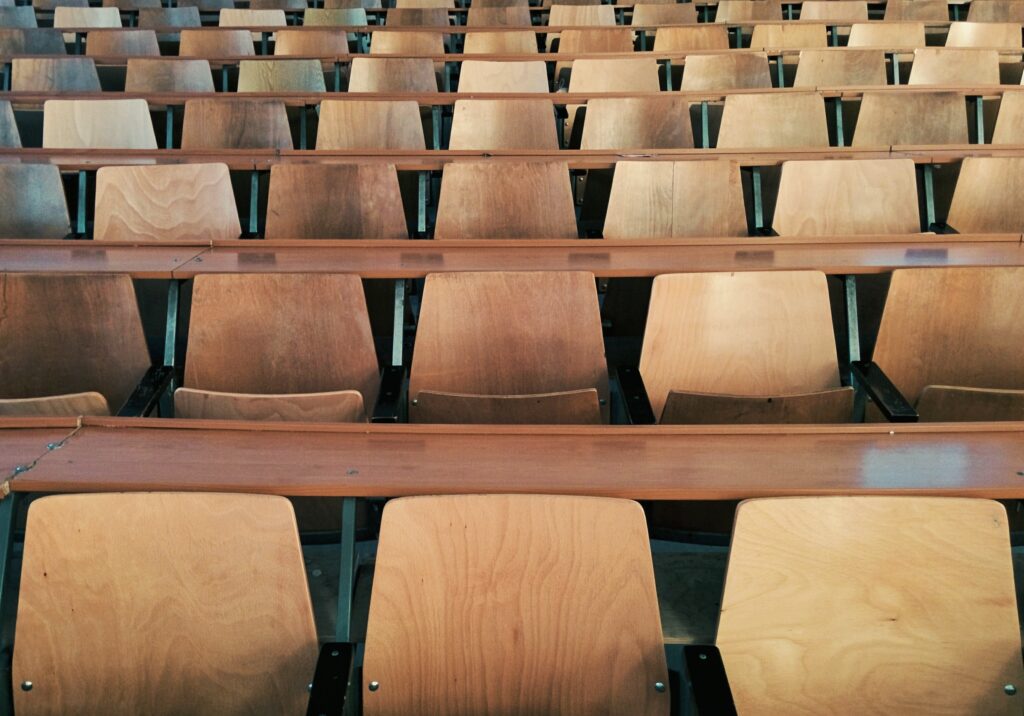Texas is on the verge of becoming the latest state to embrace educational freedom. On April 17, the Texas House gave final approval to a bill that would create an Educational Savings Account program, bringing Gov. Greg Abbott’s top legislative priority very close to reality. The bill now heads to the state Senate, where it will most likely pass. With ESAs, money is deposited into a government-authorized savings account with restricted but multiple uses. Those funds can cover private school tuition and fees, online learning programs, private tutoring, community college costs, higher education expenses, and other approved customized learning services and materials.
While any student can apply, the Texas program prioritizes students with disabilities and those from lower-income families. House lawmakers also capped spending for students in families above 500% of the poverty level at 20% of program funds. With over five million students, the program can’t serve everyone at this time. The legislature, however, can appropriate more money for the program in future years.
Also new on the school choice scene is Tennessee, where parents can apply to participate in the state’s new ESA program in May. The program begins in the fall, and parents can access up to $7,295 a year. During the first year, half of the funding would be reserved for students whose families fall below an income limit that is set at 300% of the amount required to qualify for free or reduced-price meals, or $173,160 for a family of four. The other half would have no income restrictions.
Other states are also moving toward parental freedom. In South Carolina, negotiations are underway in the legislature for a program that will accept at least 15,000 students and can increase if the state’s General Assembly allocates additional money. To be eligible, families could earn no more than 300% of the federal poverty level in the first year. The income cap will rise to 500% of the federal poverty level in subsequent years.
Idaho and Wyoming also joined the movement earlier this year, and New Hampshire and North Dakota are taking steps to create universal school choice.
Nationally, 36 states now have some kind of private school choice. Patrick Wolf, a Professor of Education Policy at the University of Arkansas who has studied school choice systems extensively, contrasted the rapid spread of choice over the last few years with the slower progress seen in the 2000s and 2010s. In particular, he said that ESAs stand out as having found their moment.
“It’s been amazing to see from a movement that had plateaued and seemed stagnant just before COVID. Now it’s dynamic like crazy, with all kinds of variations and evolutions that we didn’t anticipate even six or seven years ago.”
Things are also happening on the federal level. The Educational Choice for Children Act of 2025, promoted by the U.S. House of Representatives education subcommittee, would create a tax break for individuals and corporations that make donations toward tuition costs at private and religious schools. The tax credit would also cover donations for instructional materials, tutoring, therapy for students with disabilities, and dual enrollment for private and public school students.
If enacted, the measure would become the first federally sponsored school choice program.
To continue reading, go to https://www.forkidsandcountry.org/blog/the-sandstorm-choosing-choice.





